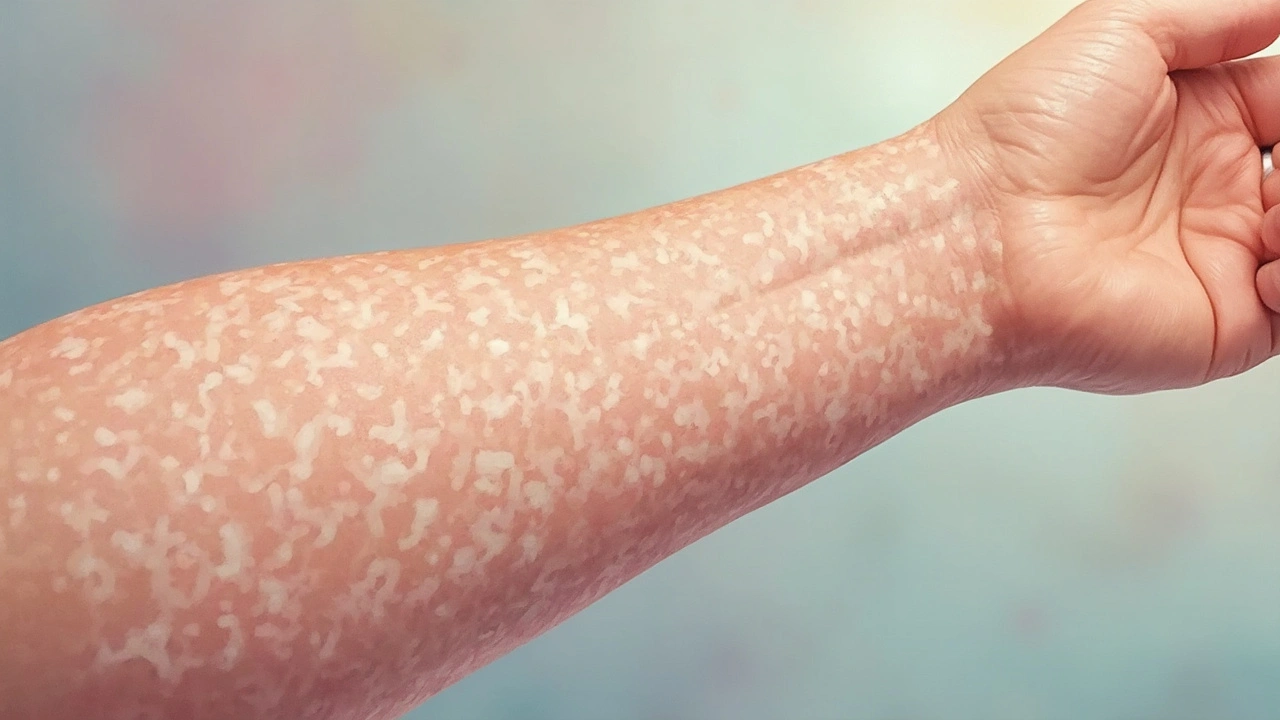Skin Discoloration: What You Need to Know
Skin discoloration can show up in many ways—from dark spots and uneven patches to red or pale areas. It’s a common issue that affects people of all skin types. You may wonder why your skin tone suddenly changes or how to handle it. Let’s break down the most common causes and what you can do about them.
One major culprit is hyperpigmentation, where the skin produces extra melanin, creating darker patches. This can happen because of sun exposure, acne scars, or even inflammation. On the flip side, hypopigmentation means your skin loses pigment, causing lighter spots. Conditions like vitiligo fall here, where the body’s immune system targets pigment cells.
Common Causes of Skin Discoloration
Sun damage is a big player. Over time, UV rays can cause age spots and uneven color. Hormonal changes, especially during pregnancy or when using birth control pills, may trigger melasma —a form of dark discoloration on the face. Skin injuries like cuts, burns, or acne can also leave marks that look different from the surrounding skin.
Sometimes, medication or allergic reactions cause discoloration. For example, certain drugs might make your skin more sensitive to sunlight or lead to rashes. Even underlying health issues such as liver problems or diabetes can change how your skin looks. It’s smart to pay attention if discoloration comes with itching, pain, or sudden changes.
Managing and Treating Skin Discoloration
Start with sun protection. Using a broad-spectrum sunscreen every day can prevent existing spots from getting worse and new ones from forming. For mild discoloration, over-the-counter creams containing ingredients like vitamin C, niacinamide, or glycolic acid can help even the tone.
If home remedies aren’t cutting it, a dermatologist might recommend treatments like chemical peels, laser therapy, or prescription creams such as tretinoin or hydroquinone. These options can speed up skin renewal and reduce pigment build-up.
Remember, results take time and consistency. Quick fixes don’t usually work well, so regular care is key. And always patch test new products to avoid irritation, which can make discoloration worse.
Got stubborn dark spots or odd skin patches? Don’t guess—consult a healthcare professional. Some discoloration signals conditions needing medical attention. Understanding your skin’s changes helps you make choices that work best for your health and confidence.
Mottled Skin Discoloration vs. Other Skin Conditions: Spotting the Difference
- Elliot Grove
- on Mar 10 2025
- 11 Comments
Skin changes can be puzzling. Mottled skin discoloration often stands out with its unique pattern, but telling it apart from other conditions requires a keen eye. This article unpacks the differences, diving into causes, symptoms, and when to seek help. Find practical tips to manage your skin health effectively. Learn what sets mottled skin apart from other conditions in a language that's easy to understand.

